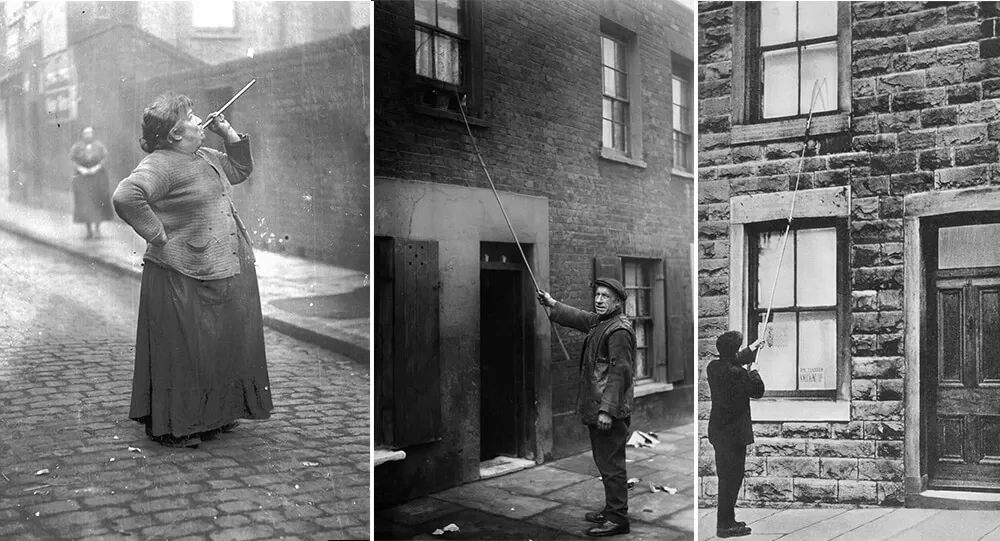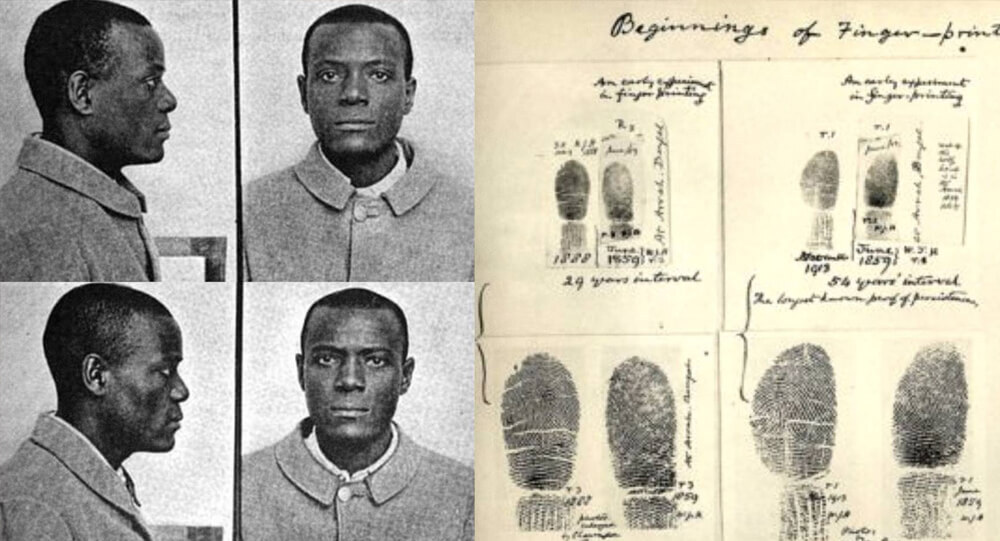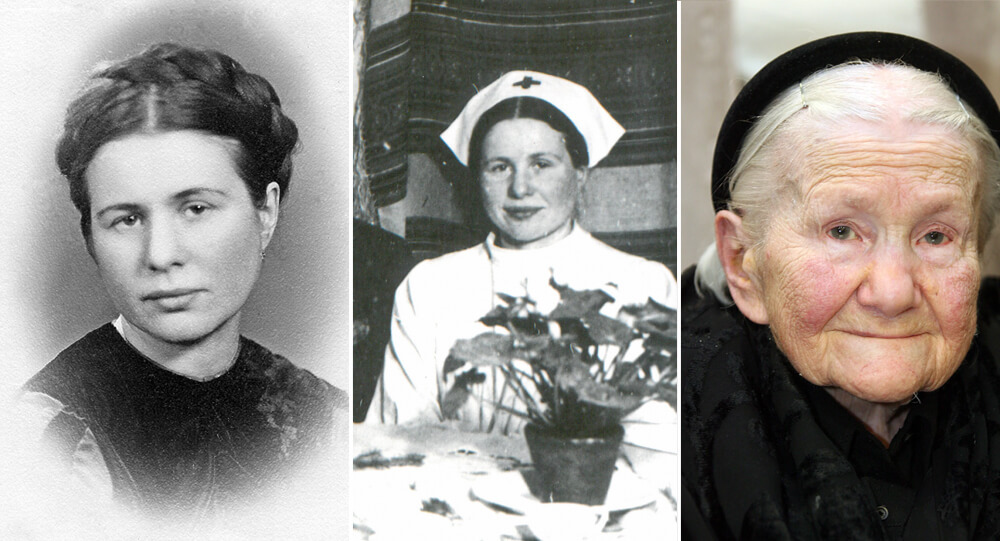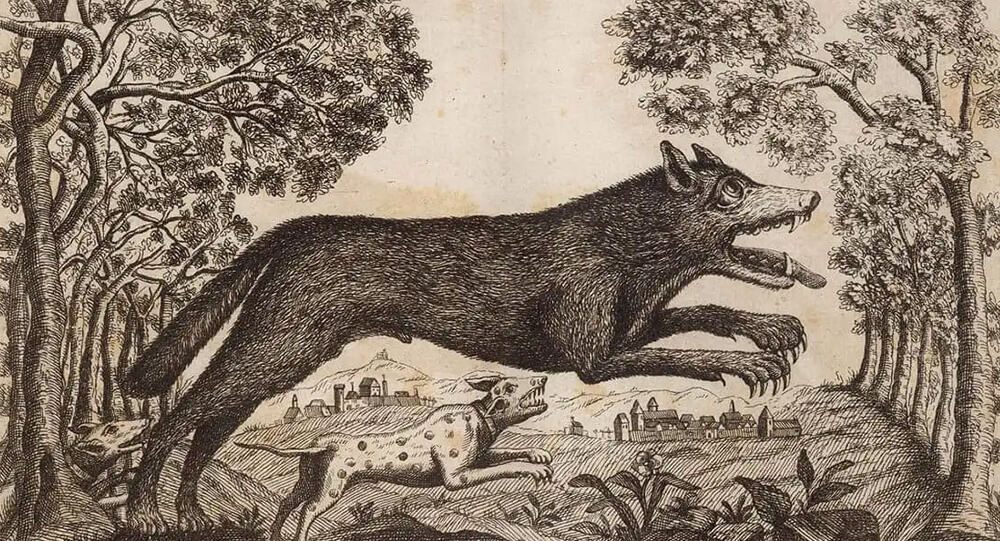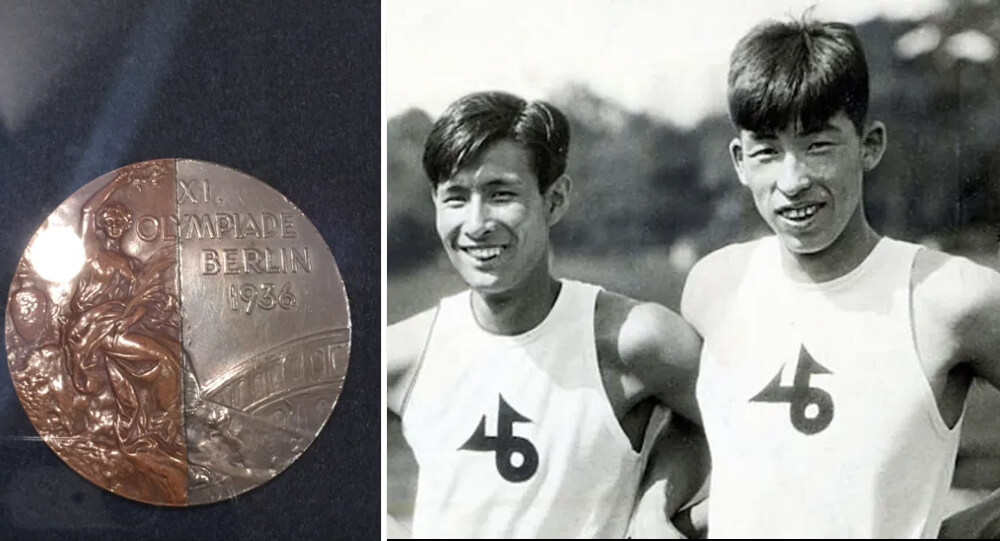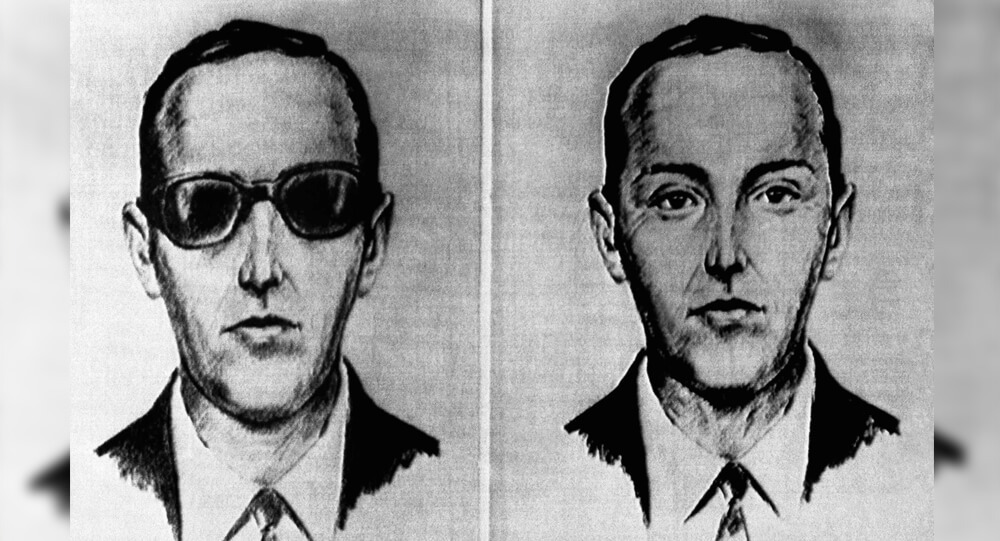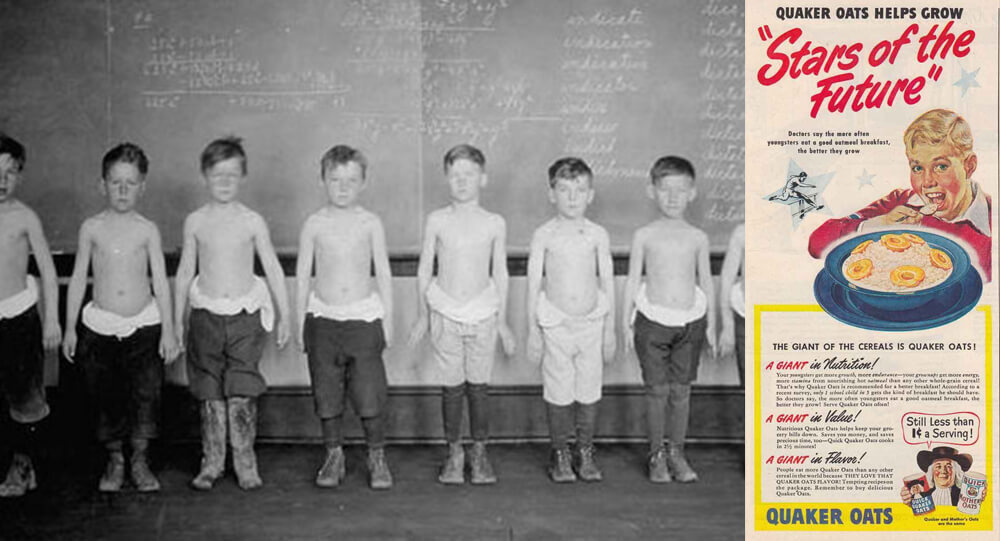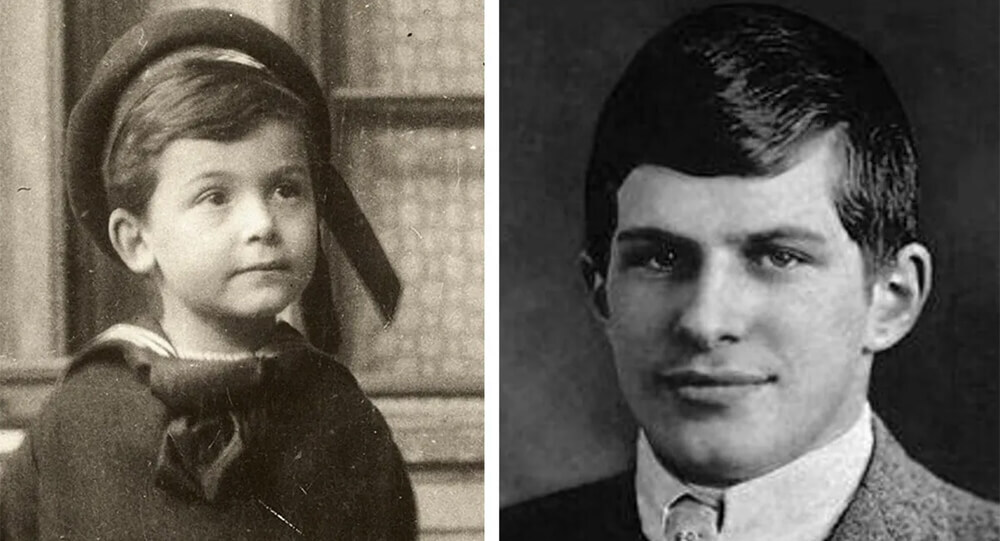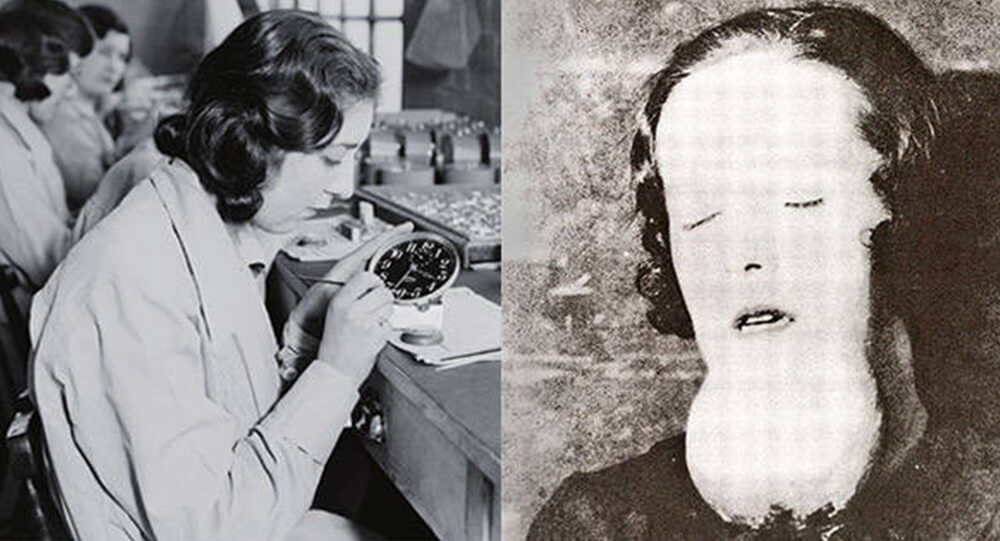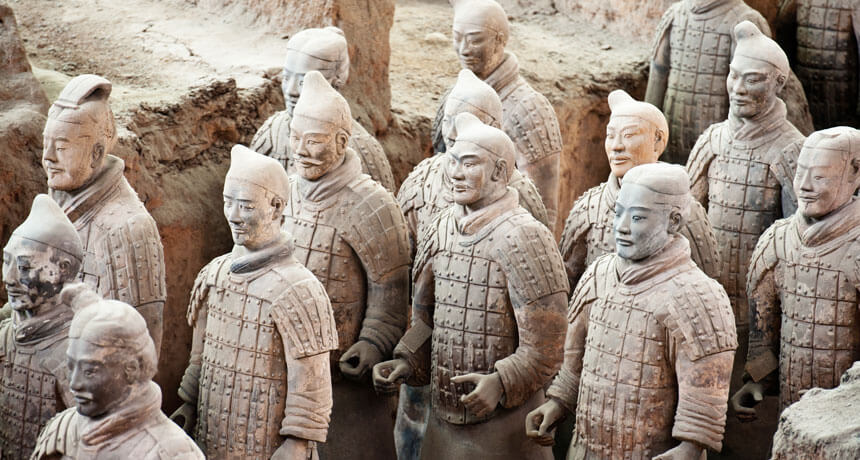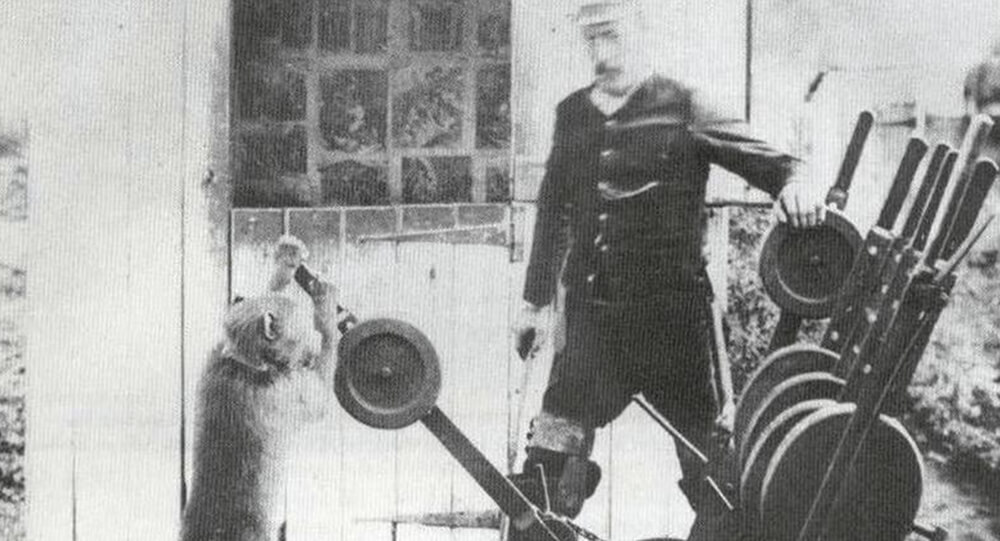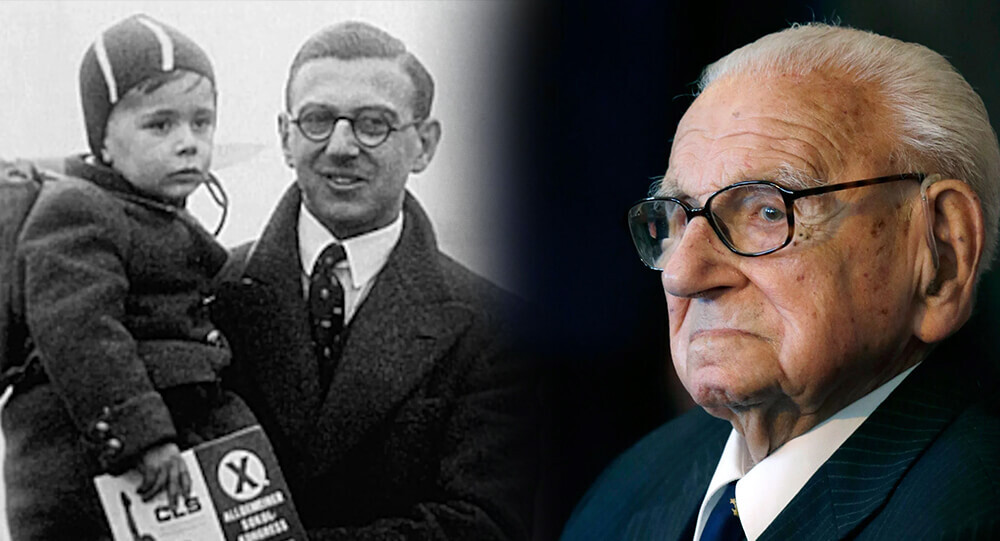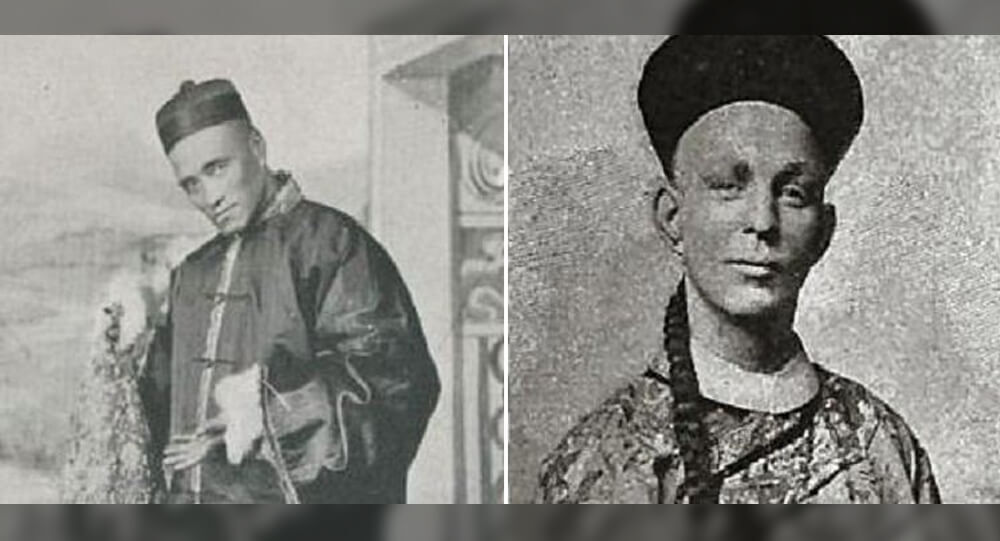

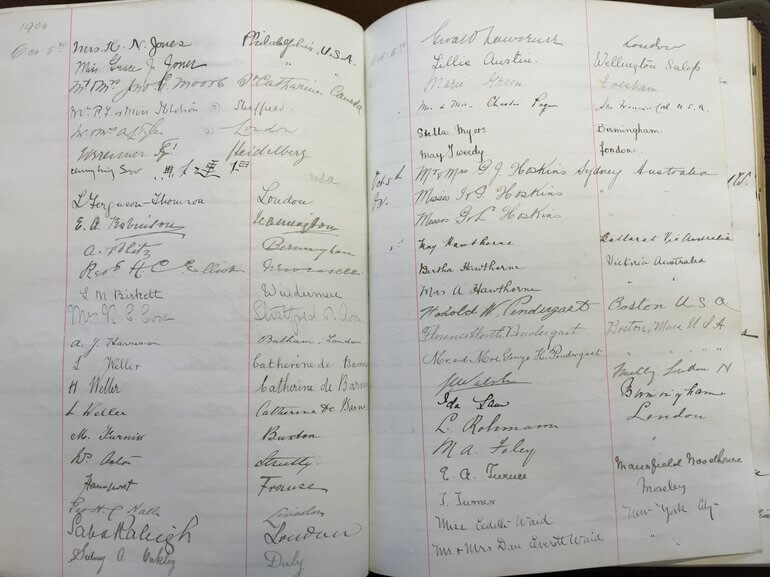
The Chinaman Ching Ling Foo allegedly offered his rival Chung Ling Soo a reward of 1,000 pounds if he could pull off ten of Ching’s twenty tricks, according to newspaper accounts from the year 1905. They changed the time and location, but Ching did not show. As a result, it got to the point where newspapers began to blow up. The story was told in various ways by media professionals. On January 10, 1905, the Hull-based Daily Mail made the amusing claim that Chung “made his rival invisible”:
The Mandarin of the One Button, Chung, however, waited in vain for Ching. The smile on Chung’s face grew wider the longer Ching was gone. Ha! ha! He chuckled. He had achieved the unthinkable. He had rendered his opponent invisible. ”
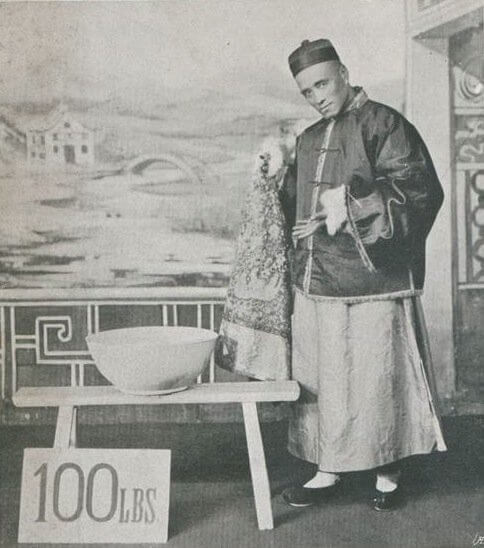
The majority of the London newspapers appeared to support Chung Ling Soo. The Weekly Dispatch furthered the narrative by asking, “Did Foo fool Soo?”, or “Can Soo bring a claim against Foo?These questions would be rather entertaining to English readers who were already perplexed by Ching and Chung’s ambiguous names. Even though Ching Ling Foo and Chung Ling Soo are two names that are easily recognizable in Chinese, they have a tongue twister that caused a lot of controversy. The Sunderland Daily Echo described “this Mongolian” as “of colossal stature and elephantine grace” and “one of the greatest conjurers in the world” on March 30, 1903. Ching Ling Foo was his stage name.
Ironically, Chung Ling Soo’s birthplace of New York City is where Ching Ling Foo first became wealthy. His mystifying feats at Keith’s Union-square Theatre astounded American spectators. From the beginning to the end of his performances in 1899, the London-based The Era provided coverage. The newspaper gave Ching’s show high marks in a story from September:
The Chinese juggler and magician Ching Ling Foo continues to head the lineup at Keith’s Union-square Theatre. “His whole ‘bag of tricks’ are extremely mystifying, and the house has been packed to the doors during his engagement,” the theater reports.
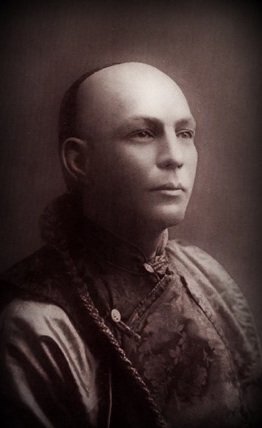
Ching’s “bags of tricks” include breathing smoke and fire, slipping a razor-sharp knife blade through his nose, tossing a sizable shawl into the air before letting it land on the ground to reveal a large bowl of water with an apple on it (or occasionally a child), etc. These well-known feats have been performed in China for more than a thousand years, and during the Song Dynasty (960–1279 AD), they were performed in various playhouse yards alongside other performances like acrobatics, shadow puppetry, sword play, and zaju (a dramatic form unique to the Song Dynasty).
Artists in this field, along with actors in traditional Chinese drama, must undergo rigorous training from an early age and maintain rather stringent discipline throughout their careers, with pride and honesty placed among the fundamental values. Ching Ling Foo was raised in a highly professional environment and despises forgeries and imposters. It partially explains why he hurried to challenge Chung Ling Soo to a battle of honor and truth.
The American, Chung, whose real name is William Robinson, claimed to be Chinese and tried to project that image by dressing up in Ch’ing Empire-era costumes in public. He even used an English interpreter at various social gatherings because he made a point of not being able to speak English. Chung Ling Soo achieved success as “the Original Chinese Conjurer” by using all of these methods to persuade Europe as a whole of his Chinese identity.
The competition turned into a public fight when Ching arrived at the Empire, which was a hundred yards from the Hippodrome where Chung had begun to perform. Both magicians had advertised themselves as “the Original Chinese Conjurer” on similar-sounding posters.
The Evening News on December 30, 1904, might have swayed public opinion in the opposite direction from newspapers that had criticized Ching Ling Foo’s absence on the day of combat in the years leading up to 1905 with its rather thought-provoking story:
Ching Ling Soo, a Chinese magician who performs at the Hippodrome, declines Ching Ling Foo’s challenge to a public competition on the grounds that his dignity is too sublime.
As a result, Chung declined the challenge before the fight, which inevitably resulted in his absence. Who is lying if Chung failed to appear for his “sublime dignity”? The narrative then continues.
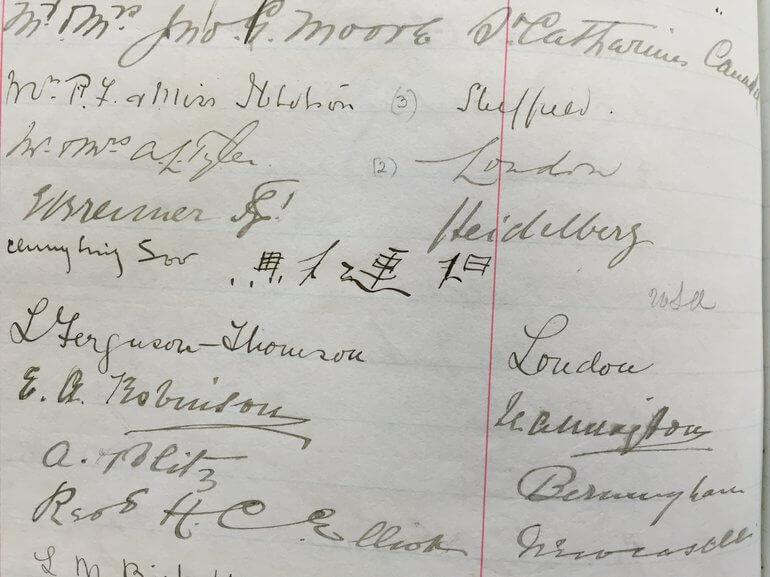
Hopefully, recent evidence from the author will demonstrate that self-described “the Original Chinese Conjurer” Chung Ling Soo lied about his ethnicity. He did not even know how to write his Chinese name when he visited Shakespeare’s Birthplace on October 5, 1904; the family name was barely a Chinese character, and one of the first names was horribly misspelled. In contrast, Ching Ling Foo’s signature on the Visitors Book, which is dated July 31, 1914, roughly ten years later, gives him credit for having a more certain Chinese identity. The “Original Chinese Conjurer,” also referred to as Empress Dowager Cixi’s Conjurer, is said to have made it.
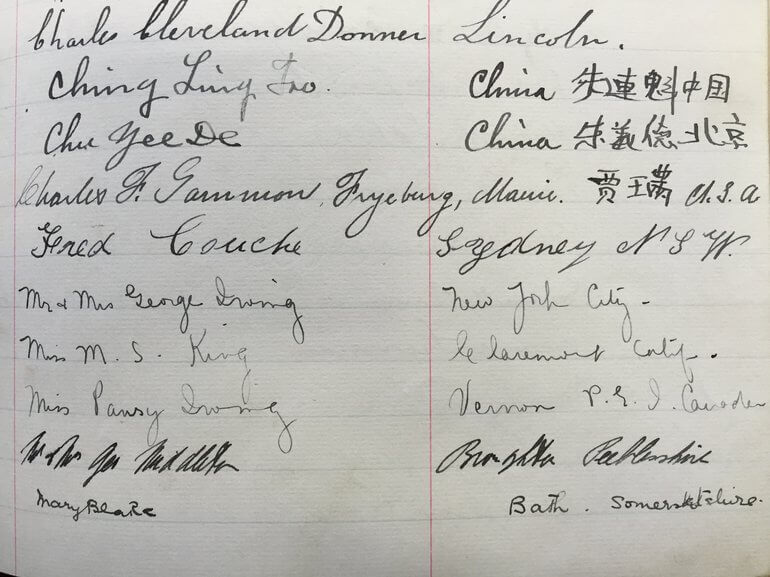

A Brief History of the PlayStation Gaming Console
Sony's PlayStation was never meant to be an actual product. Instead, it was intended to be a CD-ROM console that would support Nintendo games. However, when Nintendo backed out of the deal at the last minute, Sony went ahead and launched what soon became one of the most successful gaming consoles of all time.

Knockers-up: waking up the Industrial Britain's Workers in 1900-1941
Before alarm clocks were invented, there was a profession called a knocker-up, which involved going from client to client and tapping on their windows (or banging on their doors) with long sticks until they were awake. It lasted into the 1920s.

Will & William Wests: The puzzling situation of two inmates who are identical but not related
These are the mugshots of Will West and William West, and they are not related. They were both sent to Leavenworth Prison at the same time, in 1903, and after some confusion, the staff understood they had two different prisoners with the nearly same name, who looked exactly alike. They are part of the reason fingerprints are now used as identification.

How Cleveland's Balloonfest in 1986 Turned Into a Public Tragedy
In Cleveland, Ohio, United Way broke the world record by deflating nearly 1.5 million balloons as part of a publicity stunt to raise money. The balloon obstructed a US Coast Guard search for two boaters who were subsequently discovered to have drowned, blocked airport runways, and blocked land and waterways.

8 Interesting Facts About The Unsinkable Ship, TITANIC
If you ask your friends what's the most famous ship in history the answer in most cases will be the same, of course the legendary Titanic. Its history is full of mysteries, at first it was a source of hope and national pride as well as proof of the triumphs of mankind but it soon became a source of nostalgia and pain, the extent of which cannot be described in words.

Irena Sendler: woman who rescued Jews during holocaust
Irene Sendler was the Zegota resistance group's head of the children's department. She risked her life to smuggle children out of the Warsaw ghetto, place them with Polish families or orphanages, give each child a new identity, and keep records so that they could be returned to their families. In 1943, the Gestapo arrested and sentenced her to death, but she was rescued by Zegota.

What exactly was the US's 'Ghost Army' during WWII?
During WW2, there was a special unit of men dubbed the ‘Ghost Army’. The unit was made of artists, creative and engineers and their job was to create deception about the enemy. From inflatable tanks to phony convoys to scripted conversations in bars intended to spread disinformation, they used all possible tricks to fool the enemy.

15 interesting facts about Queen Elizabeth II
Queen Elizabeth II, who ruled Britain for 70 years, has away at the age of 96. She was the country's longest-reigning monarch. Here are some little-known facts about her.

What Was the Beast of Gévaudan?
Between 1764 and 1767, a mysterious animal called the Beast of Gévaudan terrorized the French village called Gévaudan. It attacked and killed about 100 adults and children. While most believe it was a wolf, some say it may have been a wolf-dog hybrid, hyena or even a lion, but without any genetic evidence, the beast will remain a mystery forever.

Medals of Friendship: The Enduring Olympic Story of 1936
At the 1936 Summer Olympics, two Japanese pole vaulters named Sueo Oe and Shuhei Nishida tied for second, but they declined to compete against each other. As a result, Nishida was awarded the silver medal and Oe won a bronze medal. Upon returning to Japan, the athletes had their medals cut in half and spliced together to create new "friendship medals," which were half silver and half bronze.

The Day an Israeli F-15 Landed with One Wing: Zivi Nedivi’s Unbelievable Mid-Air Survival
Discover the astonishing true story of Israeli pilot Zivi Nedivi, who safely landed an F-15 after a mid-air collision tore off its entire right wing. Learn how skill, quick thinking, and the F-15’s unique design turned a disaster into a legendary feat in aviation history

D.B. Cooper: Man who hijacked a plane and jumped out with a $200,000
On November 22, 1971, DB Cooper hijacked a Boeing 727, drank a whisky, smoked a fag, and then jumped out of the plane with $200,000. He was never again seen.

Iranian inmate dies from happiness after finding out he will not be executed
An Iranian man who was convicted of murder reportedly died from happiness after learning that his death sentence was being commuted.

Why the Brooklyn Bridge Was Once Crossed by 17 Camels and 21 Elephants
On May 30, 1883, a rumor that the Brooklyn Bridge was going to collapse caused a stampede, which killed at least at twleve people. To prove the bridge was safe, P.T. Barnum led a parade of 21 elephants over it.

Quaker Oats Fed Children with Radioactive Oatmeal
In the 1940s and 1950s, Quaker Oats and MIT conducted experiments on radioactive iron and calcium-containing cereal. The diet was part of a study to see if the nutrients in Quaker oatmeal traveled throughout the body. In January 1998, a $1.85 million settlement was reached for 30 victims who came forward.

William James Sidis: The smartest person yet forgotten by people
William James Sidis, who was only 11 years old when he enrolled in Hardvard, finished his primary and secondary schooling in less than a year. He knew eight foreign languages by the age of eight and even invented his own language, "vedergood."

The Baltic Way: the longest unbroken human chain in history
On August 23, 1989, about 2 million people from Latvia, Estonia, and Lithuania formed a human chain that united all 3 countries to show the world their desire to escape the Soviet Union and the communism that brought only suffering and poverty. This power stretched 600 km.

The touching story of David Vetter (bubble boy), the 'boy who lived in a bubble
David Vetter lived his whole 12 years in sterile “bubble”. He was “outside” for 20 second after being removed from his mother’s womb. He never touched any human.

The true story Of The Radium Girls that change US labor laws
Hundreds of young women worked in clock factories during World War I, painting watch dials with luminous radium paint. The company lied about the risk of radiation, claiming there was no danger, which resulted in the death of the young women.

June and Jennifer Gibbons The silent twin who Only Spoke to Each Other
Identical twins June and Jennifer Gibbons were born on 11 April 1963 at a military hospital in Aden, Yemen where their father worked as part of the Royal Air Force.

Top 10 Greatest and shocking Archaeological Discoveries of All Time
While we're all locked at home, there's no better way to escape to another time and place than to learn about amazing archeological sites and discoveries from around the world. Here are the 10 greatest and shocking archaeological discoveries —and don't be shocked if they inspire future trip plans whenever it's safe to do so again.

Why This Belgian Bar Makes You Trade Your Shoe for a Beer
To prevent tourists from stealing their beer glasses, some bars in Belgium require people to hand over one of their shoes as a deposit which is then put in a basket and hung from the ceiling. These shoe baskets have also become an attraction.

Jack the Baboon operated a railroad, earned a living, and never made a mistake
A baboon worked as a signalman for the railroad in the late 1800s. He never made a mistake and worked for the railroad until the day he died.

Nicholas Winton ‘British Schindler’: Man who rescued 669 Czech children from Nazis
A man named Nicholas Winton saved 669 kids during WWII and lived almost all his life without letting people know.

Nordlingen, The Town Inside A Meteorite Crater With Millions Of Meteorite Diamonds
The German town of Nördlingen is embedded with 72,000 tons of microscopic diamonds. About 15 million years ago, a meteorite hit this region, and the impact created a massive depression and formed rocks containing diamonds, glass, and crystals. The town was built in the impact crater sometime around 898 CE.


